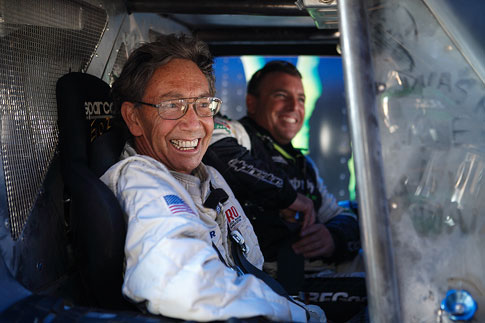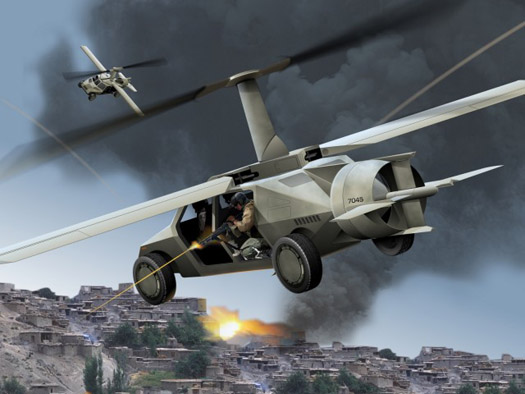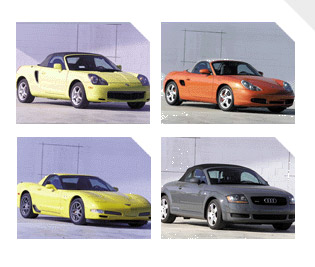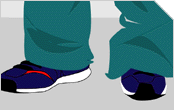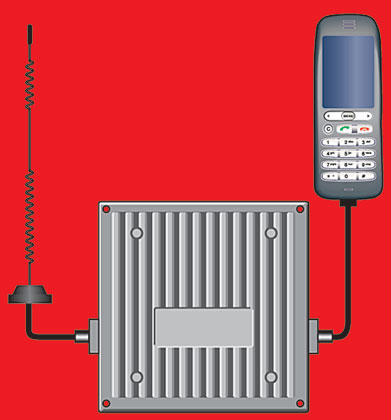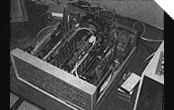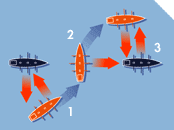

Timeline, September 1926
In 1926, the pop-up toaster is introduced in the United States; The Jazz Singer, starring Al Jolson, is the first talking motion picture; Robert H. Goddard launches the first liquid-fuel-propelled rocket; Harry Houdini dies on Halloween night; Gertrude Ederle becomes the first woman to swim across the English Channel.
“Latest Planes Herald New Era of Safety: With Inventors’ Producing Foolproof, Nonsmashable Aircraft, Experts Say We’ll All Fly Our Own Machines Soon,” read the headline and sub-headline of our November 1926 story. Well, in more than 125 years of publishing, a prediction or two just has to fall short of the mark. Nobody’s perfect.
Within this story, however, lies another tale. It’s signaled by a photograph of Henry Ford showing off the machine that is his latest pride and joy. And no, it’s not a car. Ford has just unveiled the “sky flivver,” a tiny, 350-pound, single-seat monoplane.
Our report also subtly refers to Ford’s interest in the “plane-car.” “Mark my word. A combination airplane and motor car is coming. You may smile. But it will come,” the great automotive pioneer is reputed to have been still predicting in 1940.
But Ford’s own flivver never saw production, even though at least three distinct versions of the craft were flown. When one model crashed in 1928, killing pilot Harry Brooks, Ford soured on the project. He did later establish an aviation division that produced the highly successful Ford Trimotor and, during World War II, the B-24 bomber. The “flying car” he predicted saw partial fruition in the efforts of innovators like Robert Edison Fulton Jr. (the Airphibian) (“The Plane That Drove,” March 2000) and Moulton Taylor (the Aerocar), but never achieved anything like the popularity Ford foresaw.
The price of the latest Ford monoplane is $37,000, with the promise that after the first 100 machines are sold it may, however, drop to $28,000. Edsel Ford has declared that eventually, “we hope to put a machine in the air that will be proportionately as cheap as our pleasure cars.”
A few days after this declaration, Henry Ford celebrated his sixty-third birthday by exhibiting his long-looked-for “sky flivver,” the secrets of which had been guarded for months. This little monoplane, weighing only 350 pounds, is one of the smallest single-seaters ever built. Its wings measure only twenty-two feet across, and its fuselage is only fifteen feet long.
“At present the plane should be regarded entirely as experimental,” said Mr. Ford. The experiment, however, gives testimony that the flying car for the man of small means is more than a dream..
For one thing, the little plane has a new arrangement of flaps to give it quick upward lift from a small space. In one demonstration, when the machine was started at the rear end of the hangar, by the time it left the hangar entrance it was sailing through the air. Later, observers watched it spin down a country road like an automobile, the tail skid having been replaced by a wheel, thus demonstrating how easily the owner of such a machine could drive it from his home to any open place for takeoff.
At present the “flivver” is driven at a speed of 100 miles an hour by a three-cylinder air-cooled motor. This will be replaced, it is said, by a two-cylinder engine that will reduce the weight of the machine to 310 pounds. . . .
How soon we shall fly our own machines depends, experts agree, on how quickly foolproof machines can capture public confidence. Once that confidence has been gained and public demand created, quantity production and lower prices will be possible. The wonderful history of the automobile will be repeated in the air.



